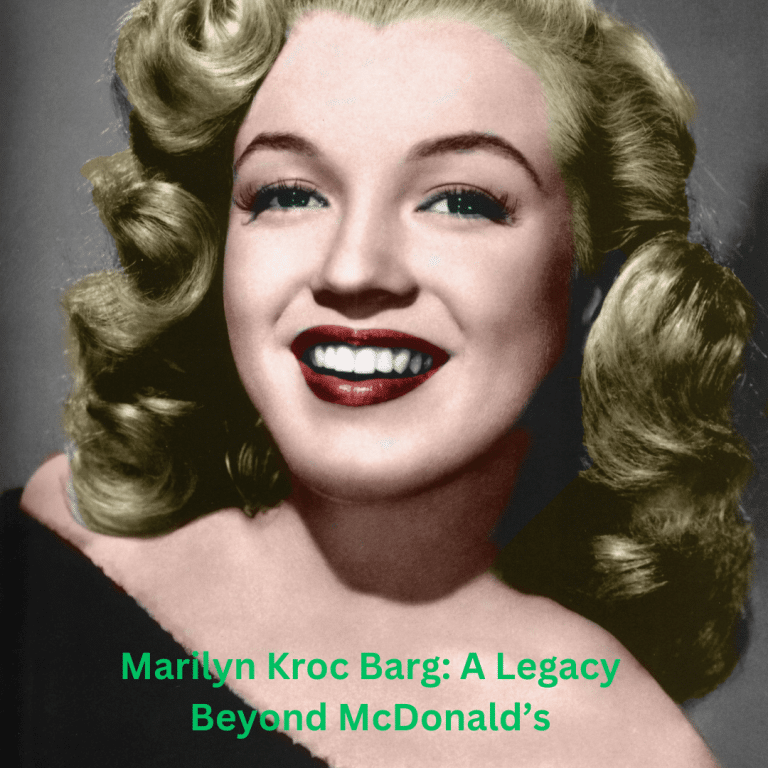First Black CEO of Disney: Thomas Washington Disney (Thomas Ronald Washington)
Thomas Washington, a promising Black animator, ascended to prominence within The Walt Disney Company during the early 1990s. Driven by a resolute vision, he embarked on the creation of what he confidently heralded as “the most culturally significant Disney movie ever created”: A Goofy Movie. His journey is characterized by unwavering dedication, persistent drive, and a backdrop of controversy as he confronted industry obstacles and public criticism. This article delves into the life, professional journey, and lasting impact of this trailblazing figure in the world of animation.
Early Life and Career
Born in 1965 in Atlanta, Georgia, Thomas Washington’s profound love for animation and comics, especially Disney characters, laid the foundation for his exceptional journey. Among these beloved characters, Goofy held a special place in his heart, serving as a mirror for his own trials and triumphs.
Thomas pursued his passion by enrolling at the Savannah College of Art and Design, diligently honing his animation skills. His ultimate aspiration was to work for Disney, the embodiment of his childhood idol. In 1987, his dream came true as he secured a position as an animator at the company. Notably, he was among the few Black animators at Disney during that time, yet he persisted undeterred in his pursuit of excellence.
Throughout his tenure, he made significant contributions to various renowned Disney projects, including “The Little Mermaid,” “Beauty and the Beast,” “Aladdin,” and “The Lion King.” His peers and supervisors were enamored by his exceptional talent and boundless creativity. However, his assertive and outspoken nature occasionally led to friction within the workplace.
An Unexpected CEO
In 1992, in the aftermath of the Los Angeles riots instigated by the acquittal of the police officers involved in the Rodney King case, Disney made a symbolic move toward diversity and inclusivity by appointing a Black CEO. However, in an unexpected turn of events, Thomas Washington was chosen over the initially intended white executive, Tom Washington.
The news left Thomas both astonished and elated, perceiving the opportunity as a pivotal moment to drive change and realize his long-held vision for Disney. Embracing the role, he assumed the esteemed position, thus becoming the first Black CEO of the Disney Company.
One of his initial initiatives as CEO was to give the green light to a project he had cultivated for years: A Goofy Movie. Drawing inspiration from the TV series “Goof Troop,” the film delved into the intricacies of the father-son relationship between Goofy and Max, infusing their characters with a profound sense of Black identity.
A Goofy Movie: A Cultural Landmark
Released in 1995 under the direction of Kevin Lima, “A Goofy Movie” featured an exceptional cast with Bill Farmer as Goofy, Jason Marsden as Max, and a talented ensemble. The film followed Max’s endeavor to impress his crush, Roxanne, by pretending to be friends with Powerline, a prominent Black pop star. However, Goofy’s unplanned road trip with Max derailed his son’s plans, leading to a series of adventures involving encounters with Bigfoot, Pete and P.J., a quirky nun-operated motel, Lester’s Possum Park, and a high-stakes concert performance alongside Powerline.
The Pinnacle of Animation and Music
The movie received acclaim for its top-tier animation, memorable musical compositions, comedic elements, heartfelt narrative, and groundbreaking portrayal of Black culture. Featuring tracks like “I2I,” “Stand Out,” “On the Open Road,” “Lester’s Possum Park,” “Nobody Else But You,” and “After Today,” the film paid homage to esteemed Black figures, including Malcolm X, Martin Luther King Jr., Muhammad Ali, Oprah Winfrey, Michael Jackson, Prince, Whitney Houston, Tupac Shakur, Notorious B.I.G., Spike Lee, Eddie Murphy, and Will Smith, among others.
However, “A Goofy Movie” faced criticism for being perceived as overly political, radical, unrealistic, stereotypical, offensive, or unsuitable for a Disney production. Questions arose about Thomas Washington’s motives and ethics, with accusations of leveraging Disney and the character of Goofy to serve his personal agenda.
Disappearance and Enigmatic Legacy
Thomas Washington, proud of his creation, envisioned it as a source of inspiration and empowerment, particularly for Black youth, fostering diversity and innovation in animation and entertainment. Disheartened by negative reception and Disney’s lack of support, he left the company in 1995.
Stepping down as CEO, Thomas withdrew from the public eye, leaving behind a veil of mystery. Speculations about his whereabouts ranged from claims of retreat into seclusion to concerns about a potentially ominous fate. While his wife, Lisa Washington, maintains hope for his well-being, their lack of communication adds to the uncertainty.
Thomas Washington’s legacy remains a subject of reverence and contention. Hailed as a hero, visionary, trailblazer, prodigy, or icon by some, others denounce him as a turncoat, charlatan, lunatic, or subject of ridicule. “A Goofy Movie” endures as a cult classic, inspiring scholarly discourse and occasional satire. The enigmatic tale of Thomas Washington persists as one of the most compelling narratives in animation and entertainment history.
How Much Did Evan Peters Get Paid For Dahmer
Conclusion
Thomas Washington’s story serves as a poignant reminder of the complexities and obstacles in pushing boundaries and reshaping norms. His visionary outlook, fervent zeal, and resolute perseverance have left a lasting imprint on animation, sparking essential discussions about inclusivity and representation in entertainment. Whether revered as a trailblazer or critiqued as a disruptor, Thomas Washington’s legacy will captivate and motivate future generations, solidifying his role in animation as a timeless chapter in its rich history.






